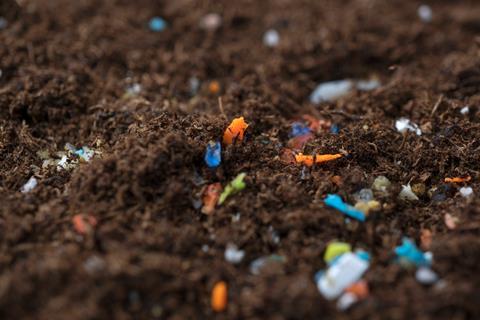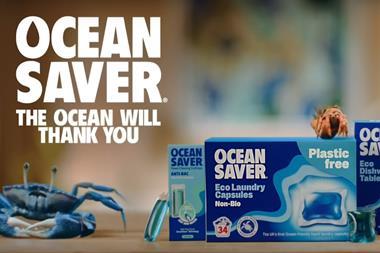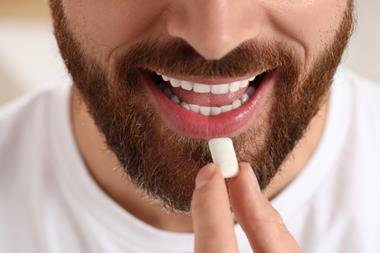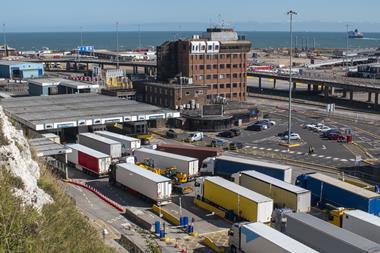
We don’t know how many microplastics we eat. This is, in and of itself, alarming. We do have some best estimates: one University of Newcastle study found we consume a credit card’s worth of plastic (5g) every week through inhalation, food, and beverages.
We do also know plastic additives such as bisphenol A (BPA) and phthalates have been found in human urine, that microplastics are in human faeces and, terrifyingly, in our blood. One study hit the headlines by showing how microplastics can pass through the placenta to unborn babies. Perhaps the bigger unknown is the harm they are doing, although initial small-scale studies show some alarming results, such as disrupting the barriers that surround all cells – which may affect their functioning.
One significant, and yet rarely talked about, source of microplastics is that of sewage slurry – the output from sewage treatment works, dried and sold to farmers as a fertiliser. One study shows 1% of slurry is made up of microplastics that have been directly removed from raw sewage sludge at water waste treatment plants. The result is an estimated 31,000 tonnes to 42,000 tonnes of microplastics, or 86 trillion to 710 trillion microplastic particles, contaminating European farmland each year. This study dubbed European farmland the “biggest reservoir of microplastics in the world”. Crucially, the UK was shown to potentially have the highest concentration of microplastic in its soils.
These toxins are not only polluting the soil but are being washed into rivers, ingested by wildlife and entering our food systems.
How has this been allowed to happen? In the UK, the Environment Agency is meant to regulate sewage slurry, but the testing of sewage sludge has not been updated since 1989. This means there is no current checking for plastic particles or most other synthetic chemicals. Worse, a study by the Environment Agency found the sewage sludge being spread on our farmland contains a cocktail of carcinogenic chemicals including PFAS, benzo(a)pyrene, dioxins, furans, PCBs and PAHs.
On the back of this, the Environment Agency published its Strategy for Safe and Sustainable Sludge Use in March 2020. At the time, it committed to taking the necessary steps to bring sludge under the Environmental Permitting (England and Wales) Regulations 2016 by 2023. In other words, they promised to start testing for this cocktail of chemicals so farmers would at least know what it was they were buying to spread onto their land. However, on 1 August 2023, the Environment Agency changed the strategy and removed its commitment to achieve legislative change by 2023, and failed to adopt an alternative timescale.
It was this decision that Fighting Dirty, the new organisation I founded with campaigners George Monbiot and Georgia Elliott-Smith, is now challenging through judicial review. Represented by the environmental team at law firm Leigh Day and Matrix Chambers, we’re arguing that the Environment Agency, as a very minimum, needs to be mandating and enforcing tests to look for microplastics and other toxic chemicals.
This is a crucial part of the puzzle to help us piece together the sources of microplastics, how they make their way through our food and drink into our bodies, and the impacts this might have. Without this basic regulation in place, we continue a status quo that results in huge quantities of microplastics being spread onto our land, much of which is washed off into our rivers, and some of which is taken up into our soils and food we eat.


















No comments yet